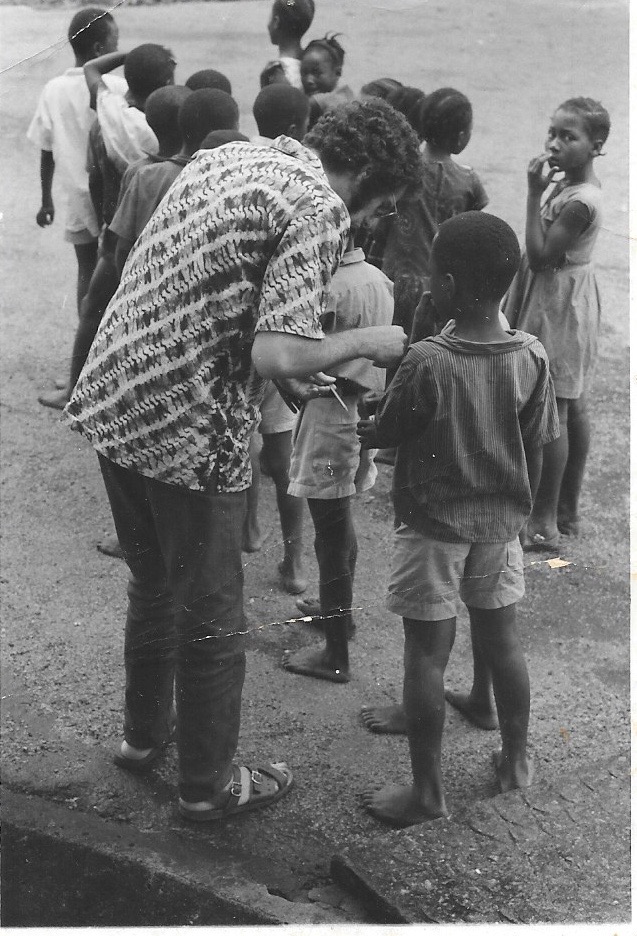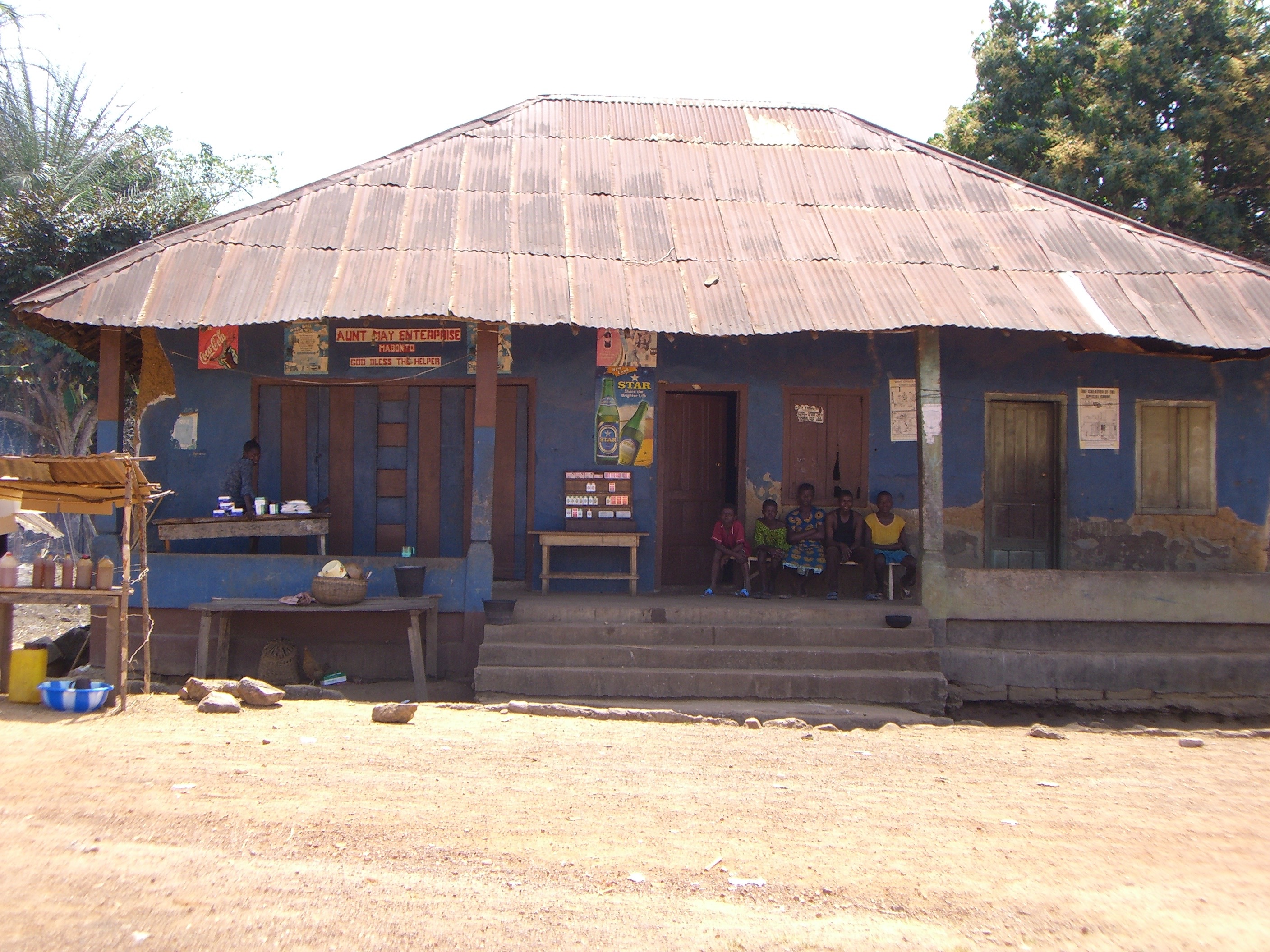One of the most important lessons a good teacher teaches, beyond the subject matter, is how to live a moment or a year of moments. On the first day of classes, you teach how to meet new people, how to start an endeavor, how to imagine what might be and yet be open to whatever comes. On the last day of classes, you model how to end something and how to say goodbye.
You model how to face freaky spring weather in winter and winter weather in the spring. How to face a test, sickness or other challenges. To share insights, listen to the insights of others, think deeply about questions raised, and fears and joys expressed. How to face evil with insight and violence with clarity.
In this way you create a community and you model the most important lessons one person can give to another. You model with your very life that a loving, caring community is possible and, thusly, create the seeds for a more loving and sustainable future. Without such a model, it is nearly impossible for a young person to imagine that such a community, or relationship, is possible.
You think of teaching not as a job, not even an avocation, but just what you are doing, now, with your life. You think of each moment as an opportunity to learn, to expand your sense of self, to see others in you and you in others. All of us, in this world that we share, need this sort of gift daily.
Starting the School Day
So, before you enter the classroom, or maybe before you enter the school building, stop in a safe location, maybe near a tree or a place with a pleasing view, close your eyes, and take 2 deep breaths. You might then pick one area of your body to focus on ⎼ the area around your eyes or mouth, your shoulders or belly ⎼ and simply feel how the area expands as you breathe in, and relaxes, settles down as you breathe out.
You might imagine yourself in the classroom ⎼ calm, ready to listen to your students, emotionally strong. Then bring to mind your students. Imagine how they walk, stand, enter the classroom. If you feel tension with anyone, bring him or her to mind. Imagine how they might feel, and that they feel and think, in a manner similar to, yet different from, your own. Hold them in your heart for a moment.
Then take another breath in and out. Open your eyes and look around you, noticing how you feel….
To read the whole post, please go to Education That Inspires.


